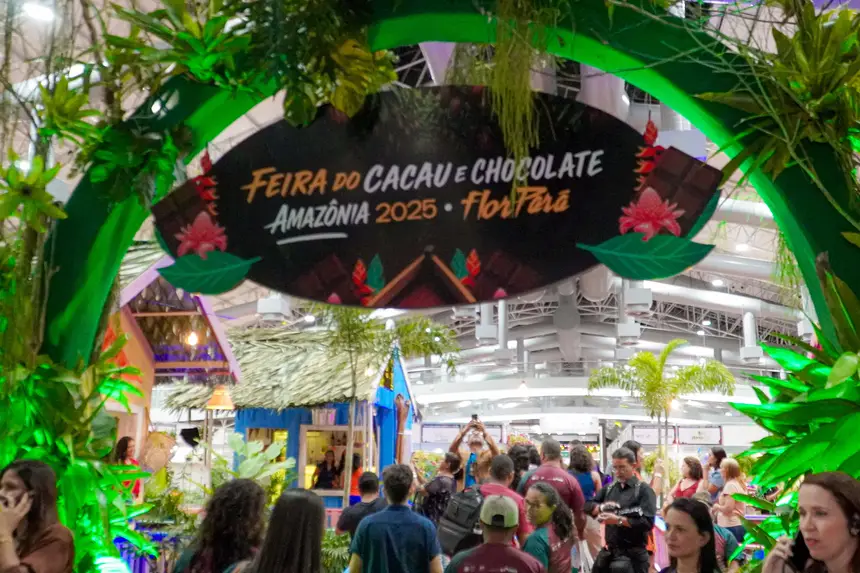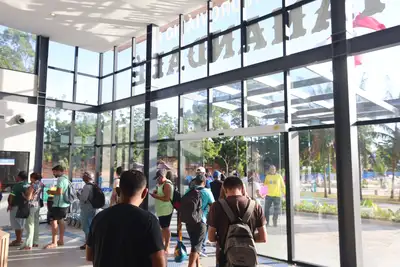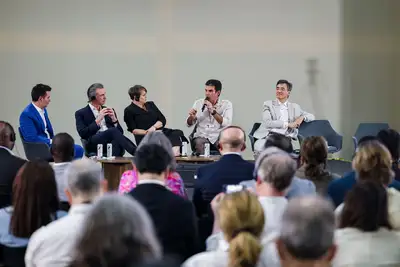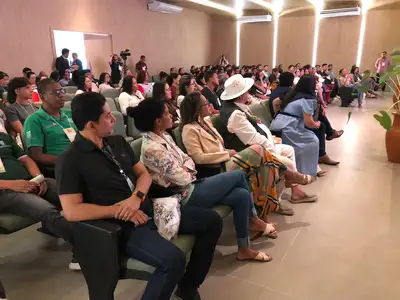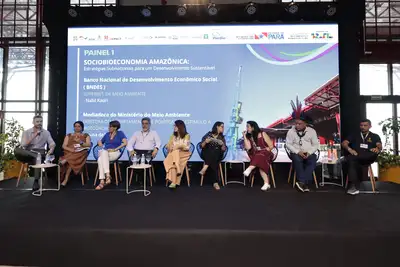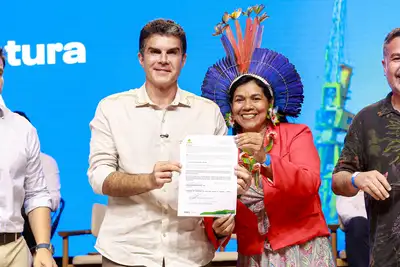Major events and fairs drive the economy and generate opportunities throughout Pará
Culture, tourism, and entrepreneurship come together to strengthen productive chains and boost development in all regions of the State

Pará has established itself as a national reference in promoting development through the appreciation of its cultural diversity, tourism potential, and entrepreneurial vocation. Major fairs and events, promoted or supported by the State Government, have played a strategic role in generating jobs and income, strengthening productive chains, and energizing the economy in all regions.
Between January and September of this year, the State Secretariat for Economic Development, Mining, and Energy (Sedeme) carried out a series of actions that connected producers, entrepreneurs, and consumers, promoting business opportunities and training. Highlights include events such as the Easter Fair, the Circular Fashion Fair, the Bioeconomy Fairs, and business rounds aimed at large retail. Institutional presence was also significant at major fairs, such as SuperNorte, Pará Negócios, the Cocoa and Chocolate Fair of the Amazon – Flor Pará, and the Tapajós Negócios Fair.
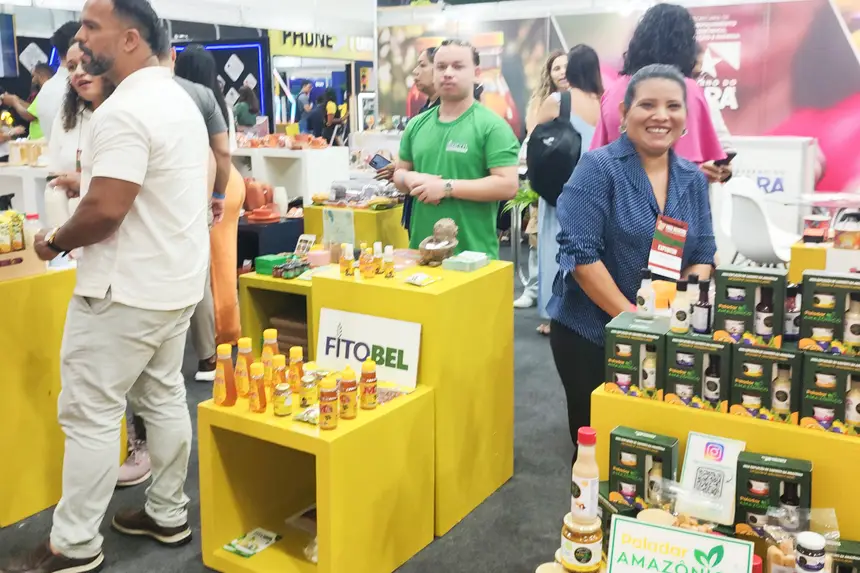
In total, 288 exhibitors, including micro, small, and medium enterprises and cooperatives, participated in the events throughout the year, presenting over 500 regional items in the segments of handicrafts, food, beverages, bio-jewelry, and cosmetics. The results are significant: entrepreneurs reported an average increase of 20% to 40% in revenue during the fairs, as well as gains in visibility, networking, and access to training.
Craftswoman Kátia Lorena Melo, from TerraArte Mini Jardins, is one of the regular participants in the fairs organized by the State Government. “Participating in these events gives us visibility and opens doors. I have sold to tourists, closed partnerships, and have been invited to new events. More than sales, these moments generate connections and growth,” she highlighted.
For the head of Sedeme, Paulo Bengtson, investment in fairs strengthens the business environment in Pará. “Fairs are important instruments for energizing the local economy, as they enable business generation, access to new markets, and strengthening relationships between entrepreneurs, suppliers, and support institutions. Through these events, it is possible to promote Pará's products, stimulate innovation, and enhance the competitiveness of the State's companies,” he stated.
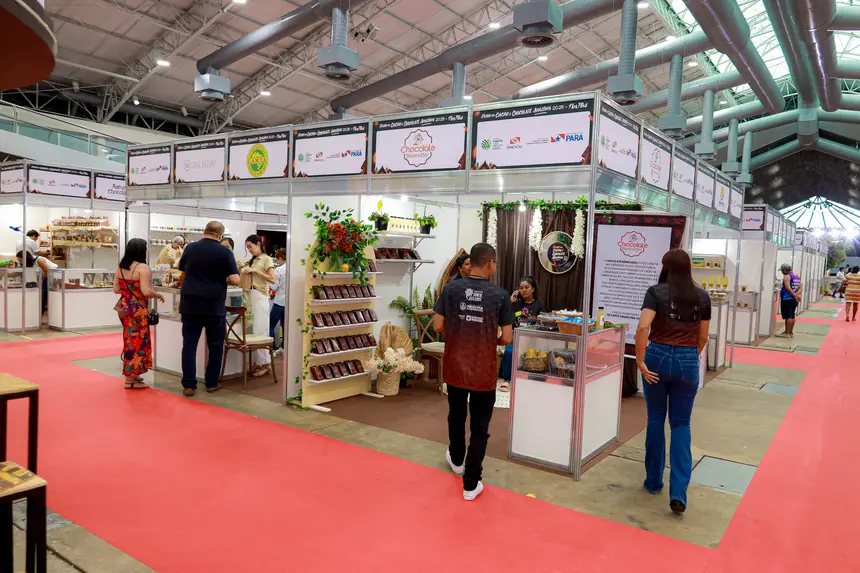
Culture and creative economy - Culture, allied with entrepreneurship, has also been a powerful engine of this development. The 28th edition of the Pan-Amazon Book Fair and Multivoices this year attracted around 350,000 visitors, generating R$ 12 million in business and over 2,000 direct and indirect jobs. Combined with previous editions held in 2023 and 2024, the event has accounted for over 720,000 books sold, R$ 18 million generated, and 450,000 visitors, establishing itself as the largest literary fair in the Northern Region and one of the largest in the country.
The Secretary of Culture, Ursula Vidal, emphasizes that the creative economy plays a strategic role in this process. “Our cultural scene is diverse, encompassing multiple expressions and productive sectors. The flow of investments, which increases each year, combines incentive laws, public notices, private sponsorships, and large scheduled events promoted by social organizations, creative industry companies, and cultural makers. This stimulates entire chains of services, tourism, and commerce, generating thousands of jobs and consolidating culture as a strategic area for development,” she stressed.
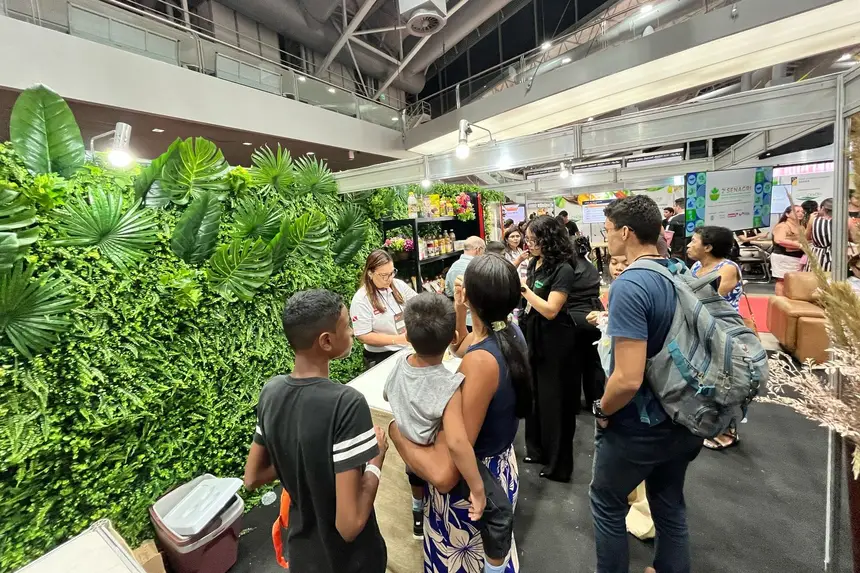
The "Creative Fair" space, integrated into the Book Fair, is a concrete example. Entrepreneur Stefany Mattos, from the authorial fashion brand Cabidê, participated in the initiative. “Participating in these fairs increased our sales, our visibility, and connected us with other entrepreneurs. It is a showcase for Amazonian fashion and a boost to expand our work beyond Belém,” she stated.
Investments and interiorization - The traditional Sairé, a popular festival held in Alter do Chão, also received significant investments in 2025: R$ 1.5 million was allocated by the State Government — R$ 1.2 million through the Semear Law and R$ 300,000 through Secult. Semear, now the largest public cultural sponsorship policy in Pará, has seen an 800% growth in the last seven years, increasing from R$ 3 million in 2019 to R$ 25 million in 2025. In total, around R$ 90 million has already been invested in cultural projects across all regions of the State.
The impact of these investments is evidenced by studies. According to the Getúlio Vargas Foundation (FGV), every R$ 1 invested in the creative economy can generate up to R$ 6.51 in the local economy. In 2022, for example, with R$ 185 million invested in the cultural and creative sector, Pará generated approximately R$ 1.2 billion in regional economies, according to data from the Amazon Foundation for the Support of Studies and Research.
This economic movement is also strengthened by the interiorization of events. Currently, the State has three convention centers with international standards: Hangar - Amazon Convention and Fairs, in Belém; the Sebastião Tapajós Convention Center, in Santarém; and the Carajás Leonildo Borges Rocha Convention Center, in Marabá. These modern structures expand the population's access to major events and ensure the distribution of economic benefits throughout the Pará territory.
Agricultural fairs and regional product fairs, such as the Fish Fair and the Açaí Fair, in addition to the chocolate festivals held in Belém and Altamira, promoted by the State Secretariat for Agricultural Development and Fisheries (Sedap), also boost the extractive economy and value rural production and family farming, generating income and strengthening the local base economy.
With an integrated public policy that unites culture, bioeconomy, entrepreneurship, tourism, and rural production, the Government of the State of Pará transforms fairs and major events into engines of sustainable, social, and economic development. The results are visible: more opportunities, income generation, strengthening of Pará's identity, and appreciation of the potential of all regions of the State.


